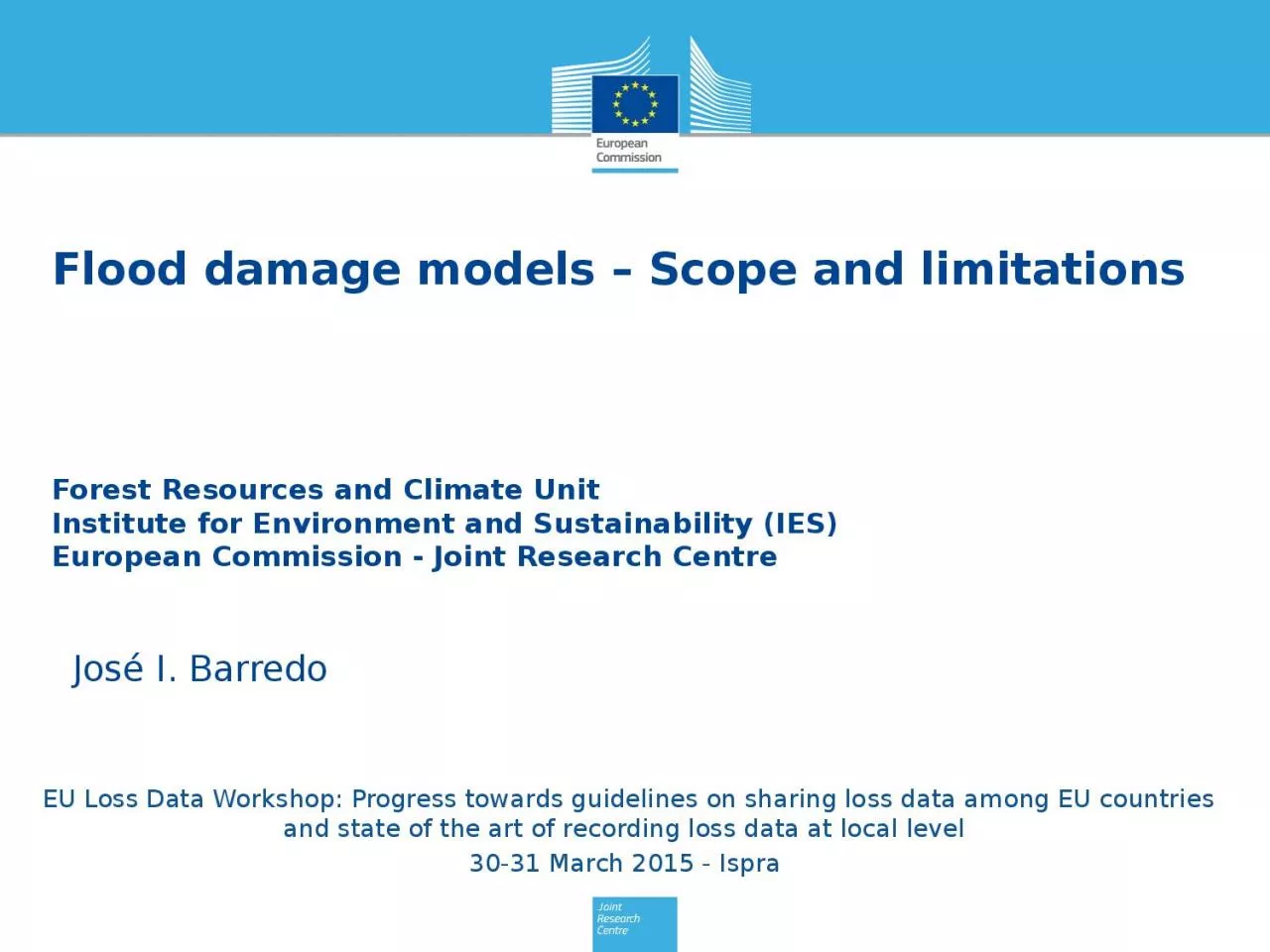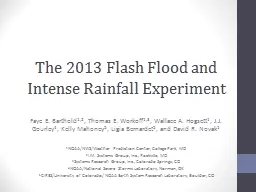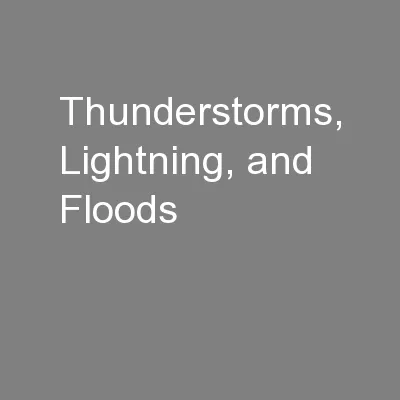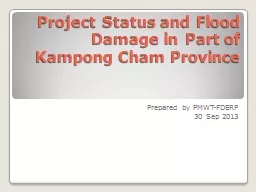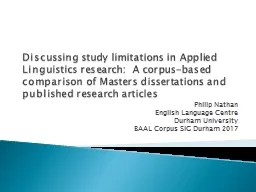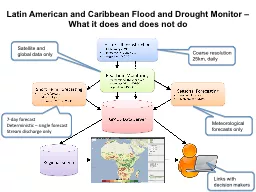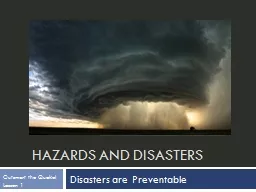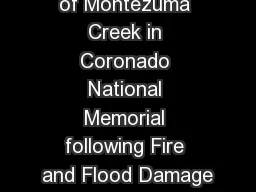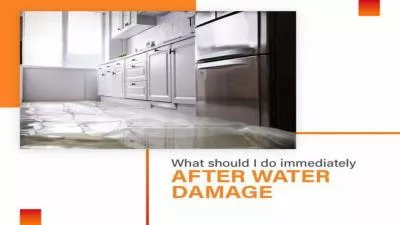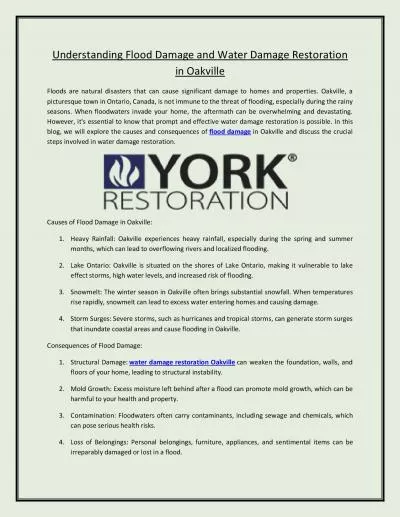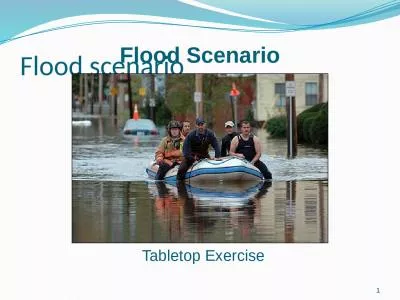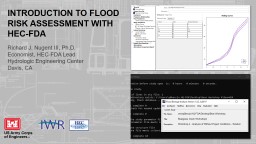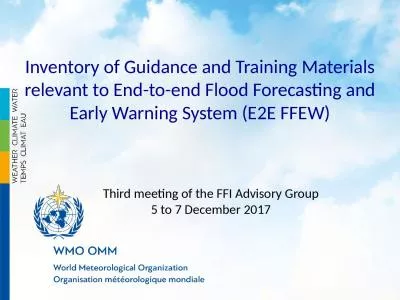PPT-Flood damage models – Scope and limitations
Author : jordyn | Published Date : 2023-06-25
Forest Resources and Climate Unit Institute for Environment and Sustainability IES European Commission Joint Research Centre José I Barredo EU Loss Data Workshop
Presentation Embed Code
Download Presentation
Download Presentation The PPT/PDF document "Flood damage models – Scope and limita..." is the property of its rightful owner. Permission is granted to download and print the materials on this website for personal, non-commercial use only, and to display it on your personal computer provided you do not modify the materials and that you retain all copyright notices contained in the materials. By downloading content from our website, you accept the terms of this agreement.
Flood damage models – Scope and limitations: Transcript
Download Rules Of Document
"Flood damage models – Scope and limitations"The content belongs to its owner. You may download and print it for personal use, without modification, and keep all copyright notices. By downloading, you agree to these terms.
Related Documents

